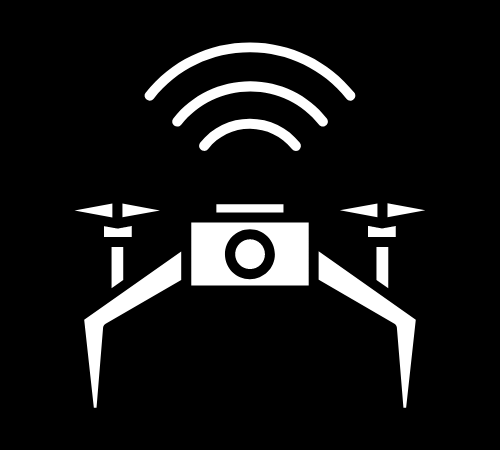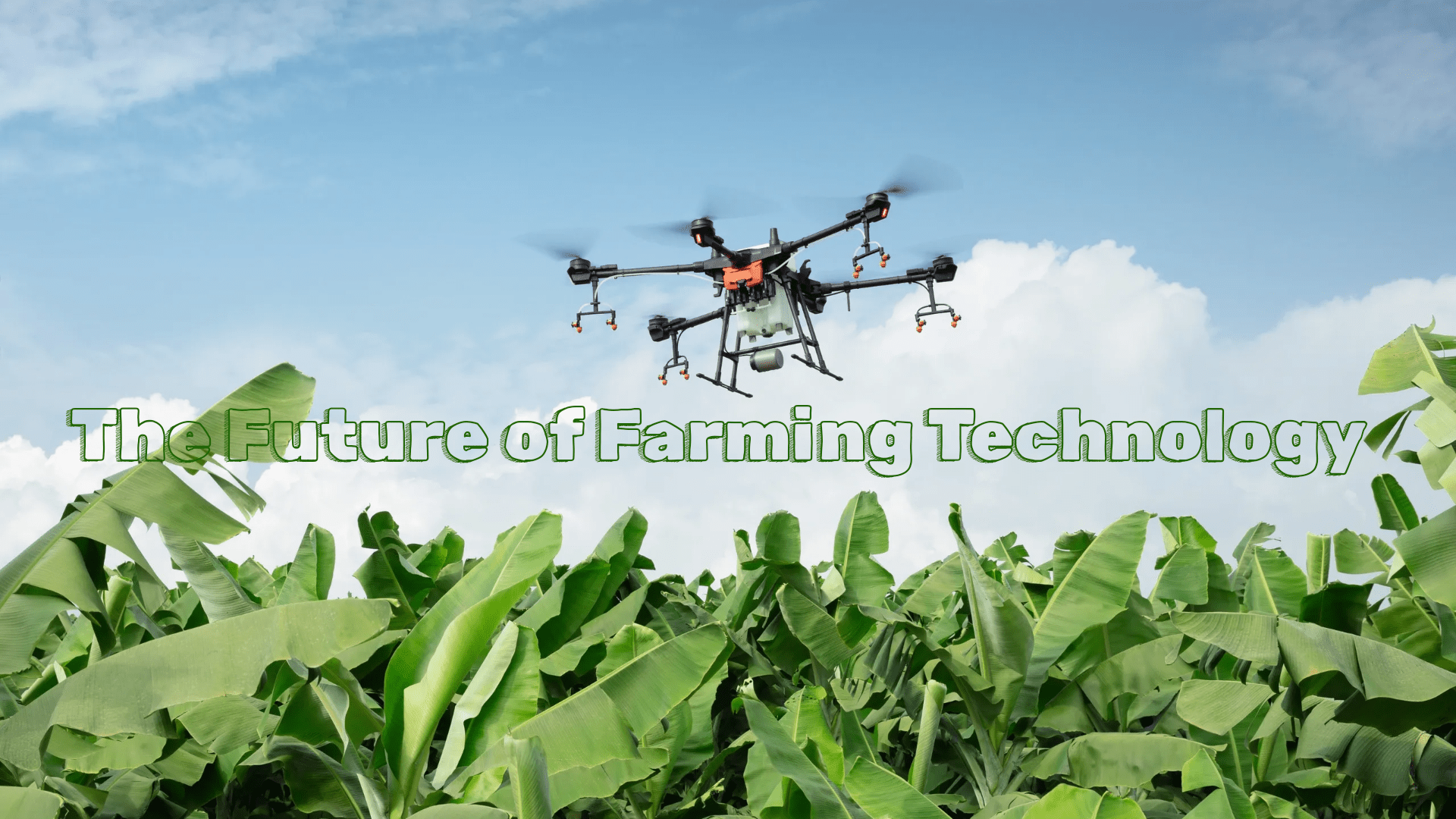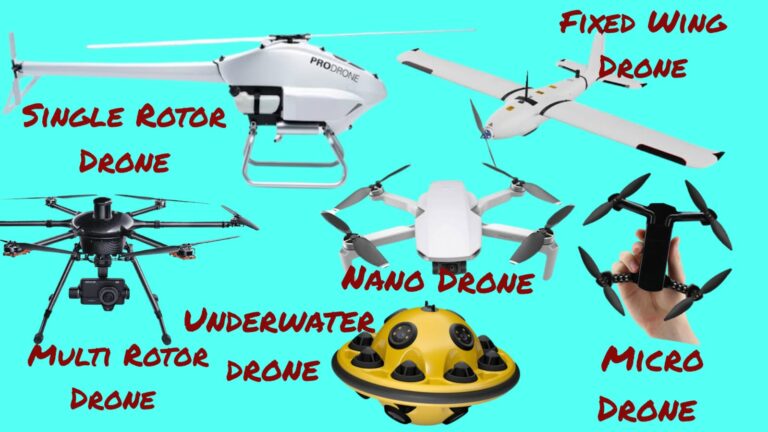Agriculture in the United States is undergoing a technological revolution, and drones are at the forefront of this transformation. These unmanned aerial vehicles (UAVs) are no longer just tools for aerial photography or military operations; they have become essential assets for farmers across the country. From precision farming to crop monitoring, drones are helping U.S. farmers increase efficiency, reduce costs, and enhance crop yields.
Precision Farming: The New Age of Agriculture
One of the most significant ways drones are revolutionizing agriculture is through precision farming. Precision farming is an agricultural management concept that uses technology to observe, measure, and respond to variability in crops. Drones equipped with advanced sensors and cameras can capture detailed data about crop health, soil conditions, and moisture levels. This data allows farmers to make informed decisions about planting, watering, and fertilizing, ensuring that each plant receives the exact care it needs.
For instance, drones can identify areas of a field that are underperforming due to pests, disease, or nutrient deficiencies. Farmers can then target these areas with the appropriate treatments, rather than applying chemicals across the entire field. This not only saves money on inputs but also reduces environmental impact.
Crop Monitoring and Management
Traditionally, farmers had to rely on manual labor or satellite imagery to monitor their crops. However, these methods are either time-consuming or lack the resolution needed for detailed analysis. Drones, on the other hand, can fly over large fields in a matter of minutes, capturing high-resolution images that provide real-time insights into crop conditions.
These images can be used to create maps showing the health of crops across a field. By analyzing these maps, farmers can detect early signs of disease, drought, or pest infestations. Early detection allows for quick intervention, preventing potential yield losses and ensuring a more successful harvest.
Additionally, drones can be used for tasks such as planting seeds or spraying crops. This level of automation not only speeds up the farming process but also ensures precision in applications, leading to more consistent crop performance.
Reducing Costs and Increasing Efficiency
In an industry where margins can be thin, the cost-saving benefits of drone technology cannot be overstated. Drones reduce the need for manual labor, which can be expensive and time-consuming. For example, instead of hiring a team to walk through fields and inspect crops, a farmer can deploy a drone to do the job in a fraction of the time.
Moreover, drones can optimize resource use. By identifying exactly where water, fertilizers, or pesticides are needed, drones help farmers avoid over-application, which not only saves money but also protects the environment from excessive chemical use.
Environmental Benefits
The environmental impact of agriculture has long been a concern, and drones offer a solution to many of these issues. By enabling precision agriculture, drones help reduce the amount of water, fertilizers, and pesticides needed for crop production. This not only conserves natural resources but also minimizes the runoff of chemicals into surrounding ecosystems.
Furthermore, drones can assist in sustainable farming practices. For instance, they can monitor cover crops, which are planted to protect soil health and prevent erosion. By ensuring that these cover crops are thriving, drones help farmers maintain healthy soils and promote long-term sustainability.
The Future of Drones in U.S. Agriculture
The potential for drones in U.S. agriculture is immense, and we are only beginning to scratch the surface. As drone technology continues to evolve, we can expect even more sophisticated tools that will further enhance the efficiency and sustainability of farming.
One area of development is in the use of artificial intelligence (AI) to analyze drone-collected data. AI algorithms can process vast amounts of data quickly, identifying patterns and trends that would be impossible for humans to detect. This could lead to even more precise farming techniques, maximizing crop yields while minimizing resource use.
Another promising development is the integration of drones with other smart farming technologies, such as autonomous tractors or Internet of Things (IoT) sensors. Together, these technologies could create a fully automated, highly efficient farming system that can operate with minimal human intervention.
Conclusion
Drones are revolutionizing agriculture in the U.S. by bringing precision, efficiency, and sustainability to the forefront of farming practices. From precision farming to crop monitoring, these advanced tools are helping American farmers stay competitive in a rapidly changing industry. As technology continues to advance, the role of drones in agriculture is set to expand even further, promising a future where farming is more efficient, productive, and environmentally friendly than ever before.




One Comment